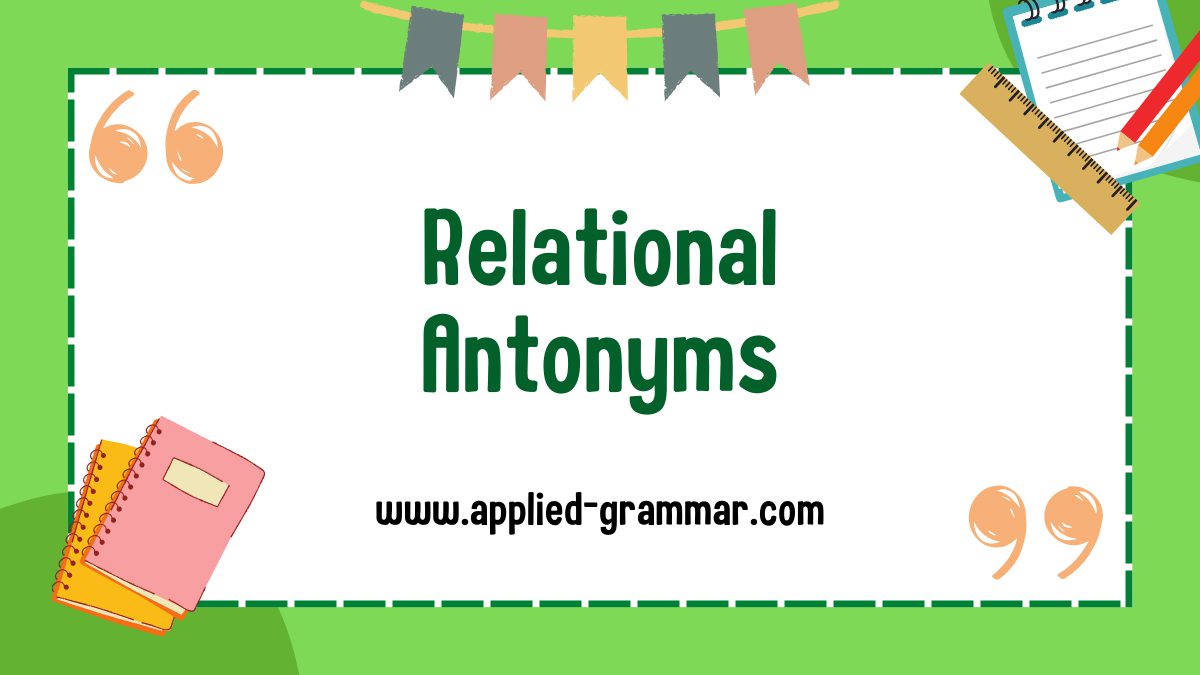Are you familiar with the concept of antonyms? You know, those words that have opposite meanings? Well, there’s a fascinating aspect of antonyms called “relational antonyms.” These are words that describe opposites in relation to each other, where one word cannot exist without the other. It’s a unique way of looking at opposites, and it’s worth exploring.
Think about it: a doctor without patients isn’t really a doctor, is it? And a predator without prey loses its predatory nature. These are examples of relational antonyms, where one word relies on the existence of its opposite to make sense. But it doesn’t stop there. There are countless other examples, like above and below, servant and master, borrow and lend, and so on.
In this text, we’ll dive deeper into the world of relational antonyms. We’ll explore how these words are interconnected, creating a dynamic relationship between opposites. So, get ready to expand your vocabulary and gain a deeper understanding of language as we unravel the intriguing area of relational antonyms.
Key Takeaways
- Relational antonyms refer to a type of antonyms that describe opposite words in relation to each other, forming a dynamic and interconnected relationship between opposites.
- Examples of relational antonyms include doctor and patient, predator and prey, above and below, servant and master, and borrow and lend.
- Relational antonyms exhibit characteristics such as a complementary relationship, mutual dependency, and an inverse nature, which allow for a comprehensive understanding of the various perspectives within a relationship.
- Understanding relational antonyms can enhance communication skills, develop language proficiency, and expand vocabulary by providing precise and nuanced ways to express opposing ideas and concepts.
- There are different types of relational antonyms, including binary pairs, hierarchical pairs, and opposite pairs, each highlighting different aspects of relationships and social dynamics.
What are Relational Antonyms?
Relational antonyms refer to a type of antonyms that describe opposite words in relation to each other. They are interconnected, forming a dynamic relationship between opposites. Understanding relational antonyms can provide a deeper insight into the intricacies of language.
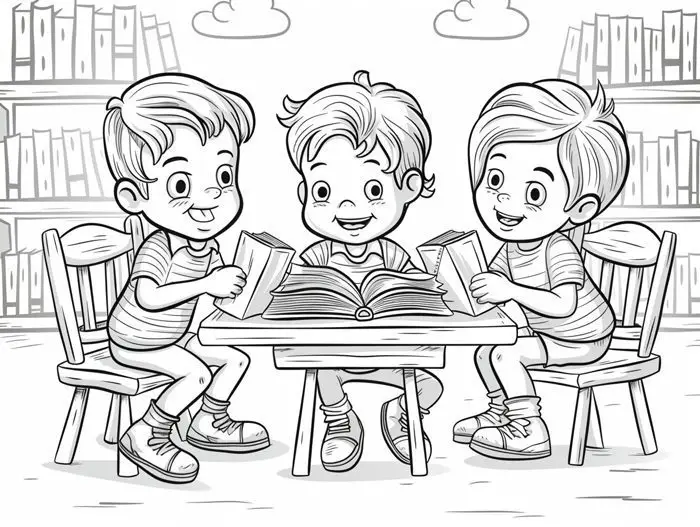
Here are a few examples of relational antonyms:
- Doctor and patient: A doctor cannot exist without patients. The relationship between the two is essential for the roles to make sense.
- Predator and prey: A predator needs prey to fulfill its predatory nature. They are interdependent.
- Above and below: The concept of “above” would be meaningless without a reference point of “below.”
- Servant and master: The relationship between a servant and a master exemplifies a relational antonym. The presence of one implies the existence of the other.
- Borrow and lend: Borrowing and lending involve a reciprocal relationship. One cannot borrow without someone to lend, and vice versa.
Relational antonyms show how certain words rely on each other to convey meaning effectively. By examining these pairs, we can gain a deeper understanding of the complex and interconnected nature of language.
Understanding the concept of relational antonyms opens up a world of linguistic exploration. It enriches our vocabulary, improves communication skills, and encourages us to think critically about language usage. By recognizing and utilizing relational antonyms in our everyday conversations and writing, we can enhance our ability to express ideas more effectively.
So, take a moment to reflect on the relational antonyms you encounter in your daily life. Explore the intriguing area of language and discover the interconnectedness of words and concepts. By delving deeper into the study of relational antonyms, you’ll expand your linguistic horizons and develop a greater appreciation for the intricacies of our language.
Examples of Relational Antonyms
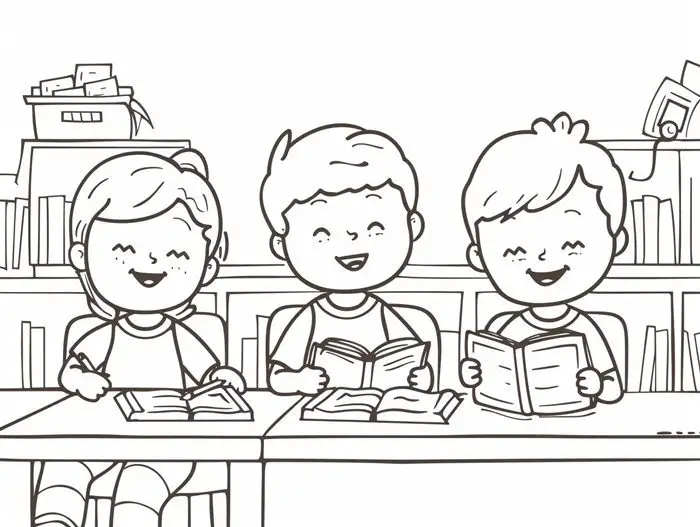
Man/Woman
The antonyms man and woman form a classic example of relational antonyms. These terms refer to individuals based on their gender identity. The word man describes an adult human who identifies as male, while woman refers to an adult human who identifies as female. These two words establish a relationship from opposite perspectives, highlighting the differences and uniqueness of each gender. The concept of relational antonyms can provide insights into the complexities of gender and the social dynamics between men and women.
Parent/Child
Another example of relational antonyms is the pair parent and child. The word parent represents an individual who is a mother or father, while child refers to a son or daughter. These antonyms demonstrate the inherent relationship between a parent and a child, emphasizing the roles and responsibilities that each party holds. Without a child, one cannot be considered a parent, and vice versa. This example showcases how relational antonyms capture the interconnectedness and interdependencies present in various familial relationships.
Teacher/Student
The antonyms teacher and student illustrate the dynamic relationship between an educator and a learner. A teacher is someone who imparts knowledge and instructs, while a student is an individual who receives education and learns from the teacher. These two terms represent opposite perspectives in the educational context. Without students, there would be no need for teachers, and without teachers, students would lack guidance and instruction. The relational antonym pair of teacher and student highlights the symbiotic nature of teaching and learning.
Relational antonyms like man/woman, parent/child, and teacher/student reveal the intricate connections and interactions between opposites in our language. They offer insights into the various dimensions of human relationships, social roles, and interactions. By understanding these relational antonyms, we can enhance our vocabulary, improve our communication skills, and gain a deeper understanding of the complexities of language usage. Take a moment to reflect on the relational antonyms you encounter in your daily life, and explore the interconnectedness of words and concepts.
Characteristics of Relational Antonyms
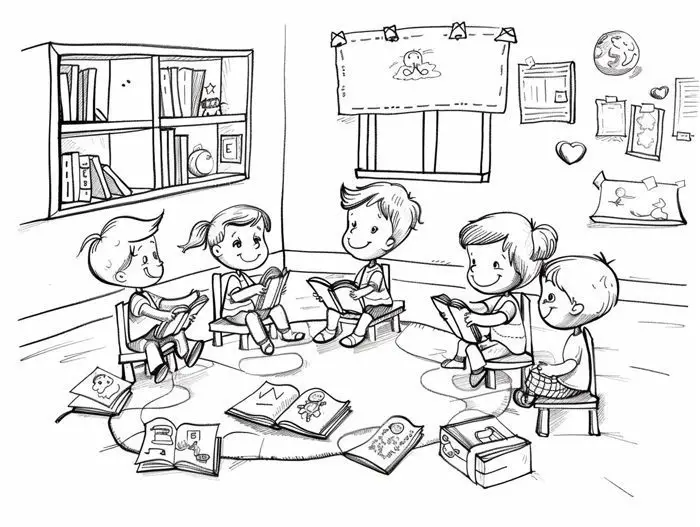
Complementary Relationship
Relational antonyms exhibit a complementary relationship, wherein the opposite words rely on each other to convey complete meaning. These word pairs present an either-or scenario, leaving no room for middle ground. For instance, consider the antonyms “yes” and “no.” When faced with a true or false question, you can only choose one option. There is no in-between. This complementary nature allows each antonym to exist independently, serving as the absolute opposite of the other.
Mutual Dependency
Relational antonyms demonstrate a mutual dependency, wherein the words rely on each other to convey the full scope of a relationship. One word implies a specific relationship between two objects, while the other implies the existence of the same relationship when the objects are reversed. Take “parent” and “child” as an example. The concept of a parent necessitates the presence of a child, and vice versa. These antonyms are intertwined and reliant on each other for complete understanding.
Inverse Nature
Relational antonyms have an inverse nature, wherein the words describe opposite viewpoints or perspectives within a relationship. One word represents the relationship from one point of view, while the other represents it from the opposite point of view. For instance, the antonyms “borrow” and “lend” convey opposing actions related to the transfer of objects. When you borrow something from someone, they lend it to you, and vice versa. This inverse nature allows for a comprehensive understanding of the various perspectives within a relationship.
Understanding the characteristics of relational antonyms can enhance your grasp of language and improve your communication skills. By recognizing the complementary relationship, mutual dependency, and inverse nature of these word pairs, you can expand your vocabulary and develop a deeper understanding of the complexities within various relationships. Take a moment to reflect on the relational antonyms you encounter in your daily life and explore the interconnectedness of words and concepts.
Importance of Relational Antonyms
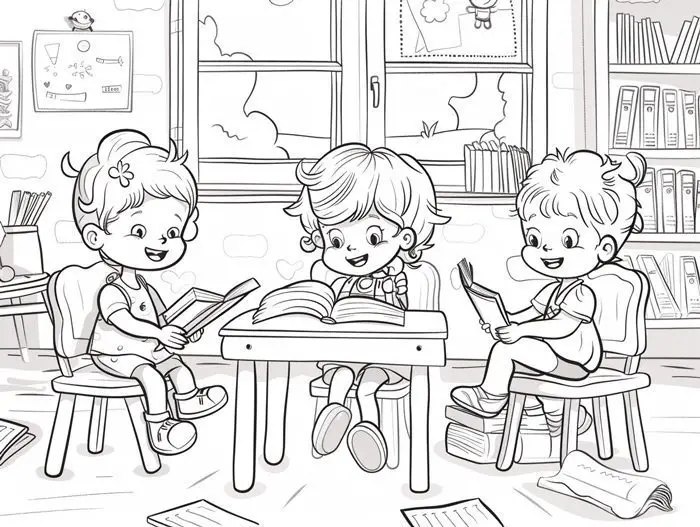
Enhancing Communication
Understanding and utilizing relational antonyms can greatly enhance your communication skills. Relational antonyms are words that describe opposites in relation to each other, highlighting the interconnectedness and interdependencies present in various relationships and social roles. By being familiar with and using relational antonyms, you can effectively convey contrasting ideas, opinions, and perspectives.
- Relational antonyms allow you to express opposing viewpoints within a relationship or situation, enabling you to engage in meaningful discussions.
- Using relational antonyms helps to convey the complexities of language, as they provide a more nuanced way to describe opposing concepts.
- By incorporating relational antonyms in your speech and writing, you can avoid ambiguity and clearly express contrasting ideas.
Developing Language Skills
Studying and exploring relational antonyms can significantly contribute to the development of your language skills. Engaging with these words and their contrasting meanings can enhance your grasp of vocabulary, grammar, and syntax.
- Relational antonyms provide a deeper understanding of the intricacies and intricacies of language, enabling you to express yourself with precision.
- Exploring relational antonyms expands your linguistic repertoire by introducing you to new and diverse vocabulary.
- Recognizing and using relational antonyms can challenge your critical thinking abilities, as it requires considering multiple perspectives and interpretations.
Expanding Vocabulary
One of the key benefits of understanding relational antonyms is the expansion of your vocabulary. Relational antonyms offer a rich array of words that capture different shades of meaning and provide valuable alternatives in your writing and speech.
- Learning relational antonyms allows you to express yourself more precisely and succinctly by choosing the most appropriate word for a specific context.
- Relational antonyms can help you avoid repetition in your writing and speech, making your communication more engaging and varied.
- By incorporating relational antonyms into your vocabulary, you can enhance your ability to adapt your language to different situations and audiences.
Understanding and utilizing relational antonyms can greatly enhance your communication skills, develop your language proficiency, and expand your vocabulary. By incorporating these words into your daily life and paying attention to the interconnectivity of language, you can elevate your writing and speech to new levels of clarity and expressiveness.
Types of Relational Antonyms
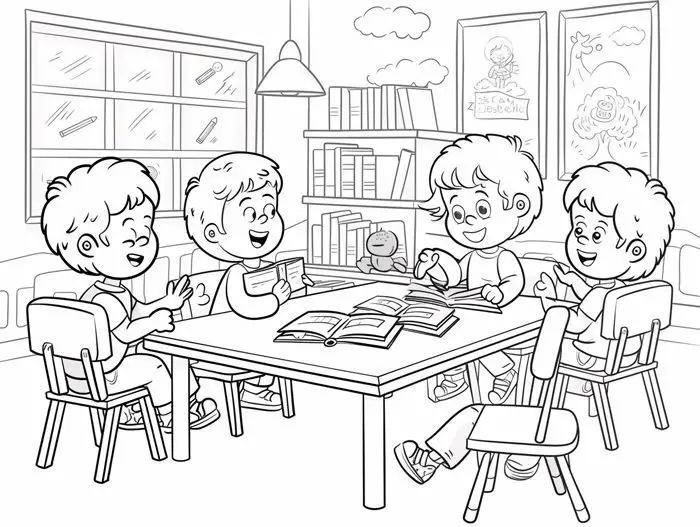
Binary Pairs
Binary pairs are a common type of relational antonyms where two words represent opposite concepts, creating a binary relationship. These pairs often encompass complementary opposition, where one word implies the absence or negation of the other. Binary pairs are straightforward and easy to identify as they present clear distinctions between the two opposing words.
Examples of Binary Pair Antonyms:
- In/Out
- Backward/Forward
- Bad/Good
- True/False
Binary pairs provide a simplistic way of describing opposing states or ideas. Whether you’re talking about direction, quality, or truthfulness, binary pairs allow for clear and concise expression.
Hierarchical Pairs
Hierarchical pairs are another type of relational antonym, often demonstrating the relationship between superior and subordinate positions or entities. These pairs show a hierarchical or ranking relationship between the words, highlighting the distinction in power, authority, or level within a given context.
Examples of Hierarchical Pair Antonyms:
- Parent/Child
- Teacher/Student
- Employer/Employee
Hierarchical pairs are useful for illustrating roles, responsibilities, and power dynamics within various contexts. By understanding these relational antonyms, you can navigate social structures and relationships more effectively.
Opposite Pairs
Opposite pairs encompass a broader range of relational antonyms, where one word implies the opposite without being directly mentioned. These pairs rely on the understanding of associated concepts and rely on the context to convey the opposite meaning. Opposite pairs often exist within specific domains or fields.
- Doctor/Patient
- Husband/Wife
- Lend/Borrow
Opposite pairs can be highly contextual, such as in professions or social roles. They highlight the interdependence and interconnectedness of various concepts and entities.
Understanding the different types of relational antonyms can greatly enhance your communication skills, expand your vocabulary, and strengthen your critical thinking abilities. By incorporating these words into your daily life and paying attention to the interconnectivity of language, you can elevate your writing and speech to new levels of clarity and expressiveness.
Conclusion
By exploring the various types of relational antonyms, such as binary pairs, hierarchical pairs, and opposite pairs, you have gained valuable insights into the intricate nature of language. These different types of antonyms provide nuanced ways to express opposing ideas, allowing for more precise communication.
Understanding relational antonyms not only expands your vocabulary, but also enhances your critical thinking skills. By recognizing the relationships and connections between words, you can navigate complex concepts and express yourself more effectively.
Incorporating relational antonyms into your daily life will elevate your writing and speech, enabling you to convey ideas with clarity and expressiveness. Whether you’re crafting an essay, engaging in a debate, or simply engaging in everyday conversations, the knowledge of relational antonyms will empower you to articulate your thoughts with precision.
By embracing the interconnectivity of language and recognizing the power of relational antonyms, you are equipped to become a more effective communicator. So go ahead, embrace these linguistic tools, and watch as your ability to express yourself flourishes.
